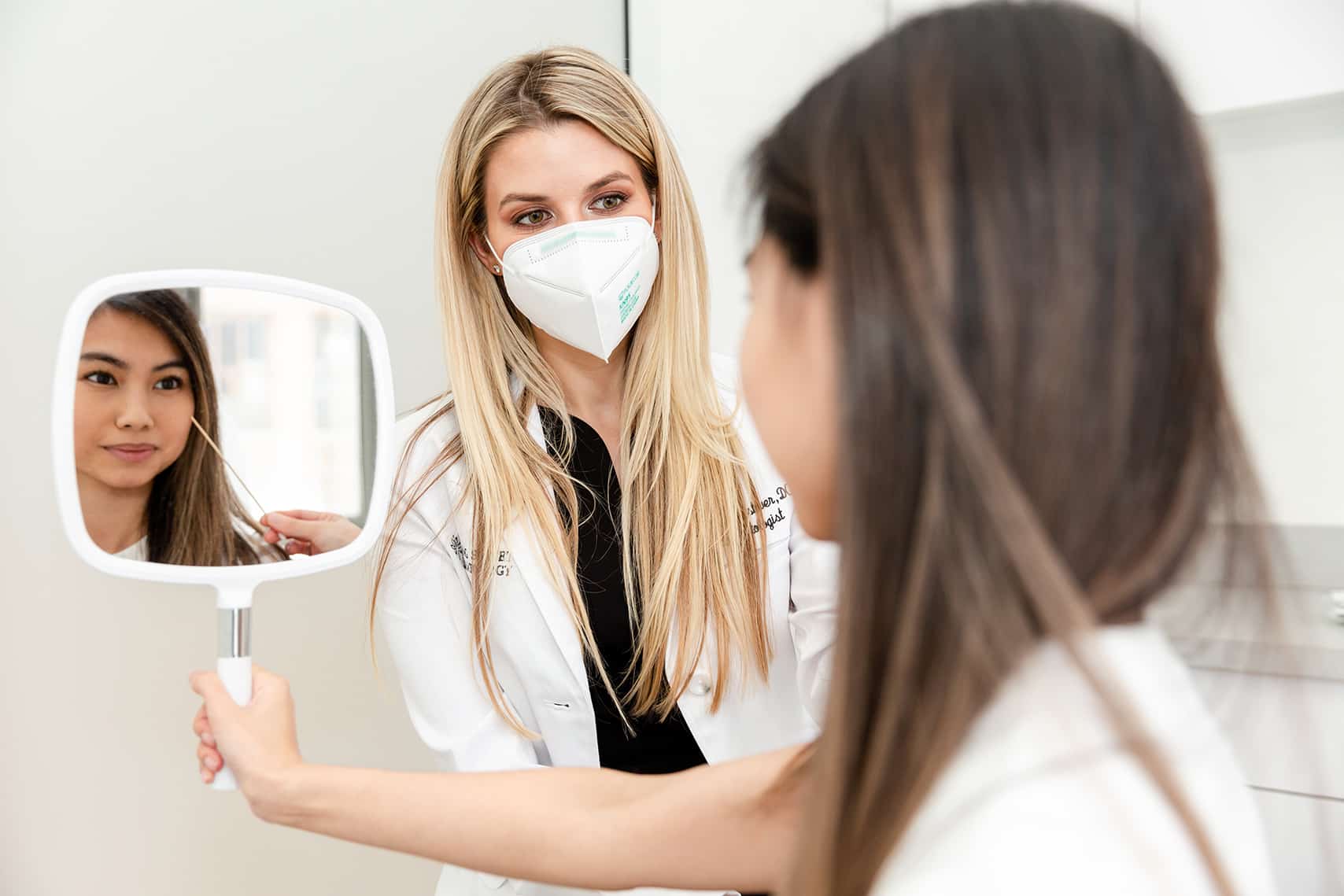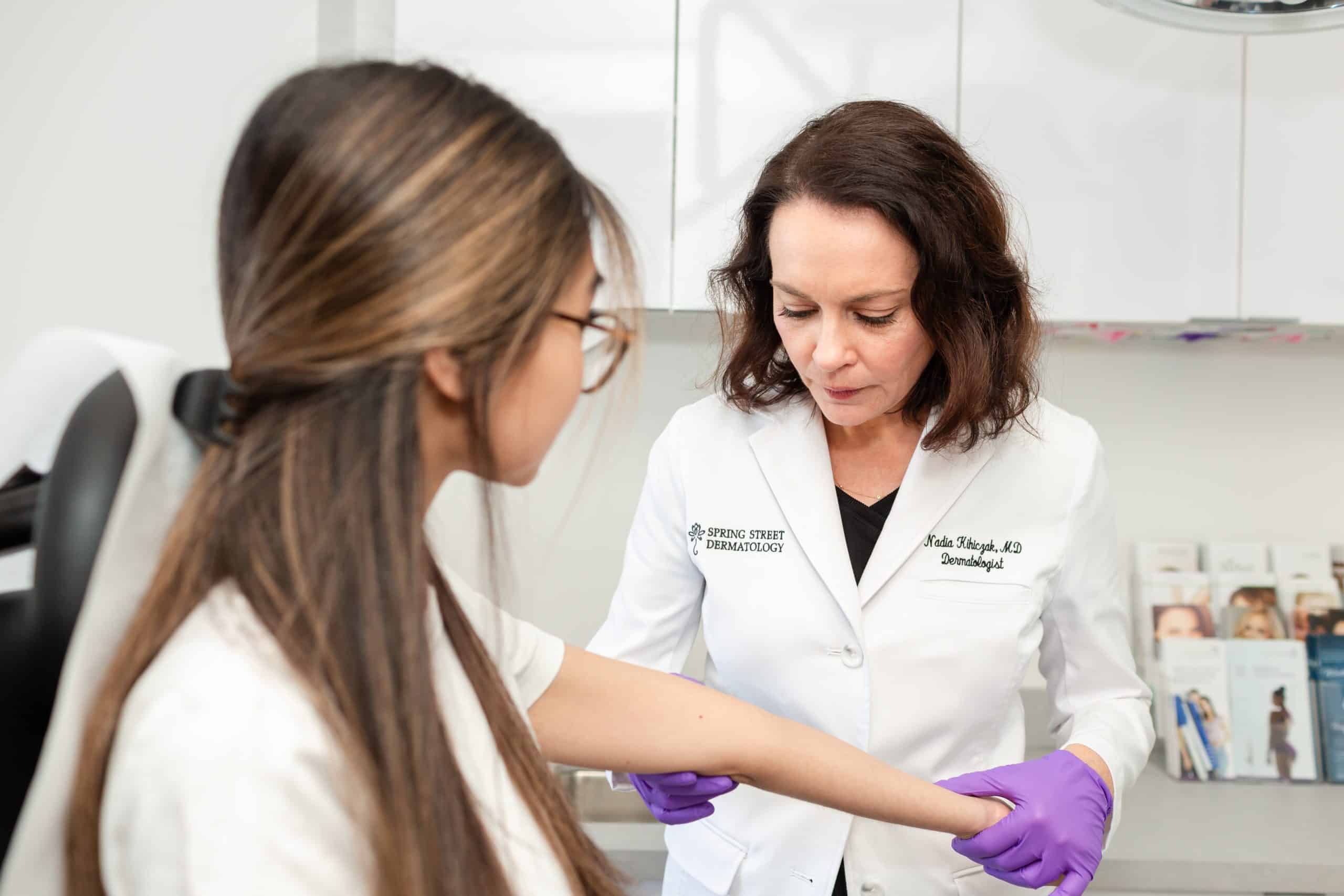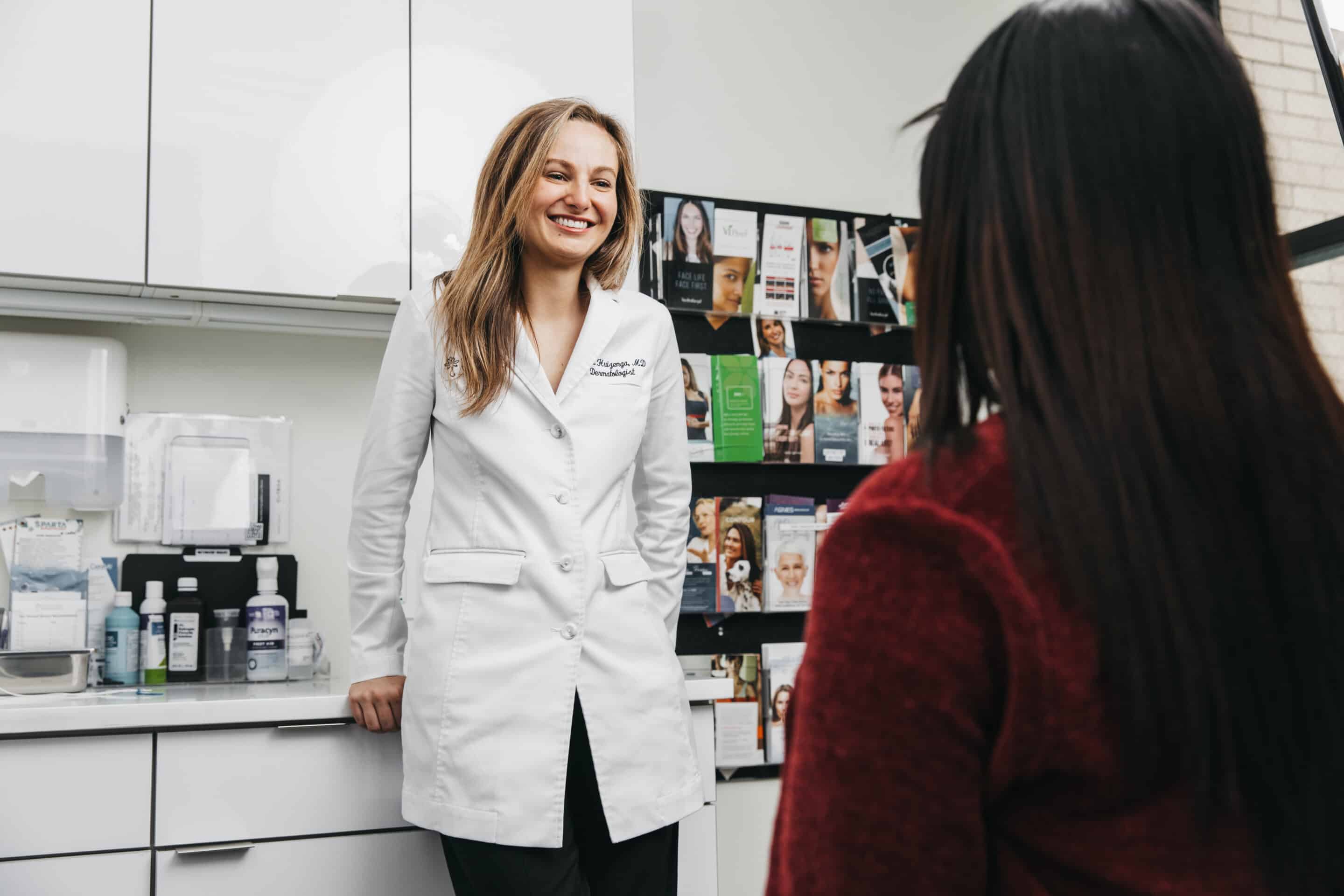
Rashes
Relief from itchy skin
All rashes may look similar – they can have blisters, blotches, and welts, and are usually red. While you may not correctly distinguish one rash from another, one thing is for sure: a rash can ruin a trip or a party for both kids and adults.
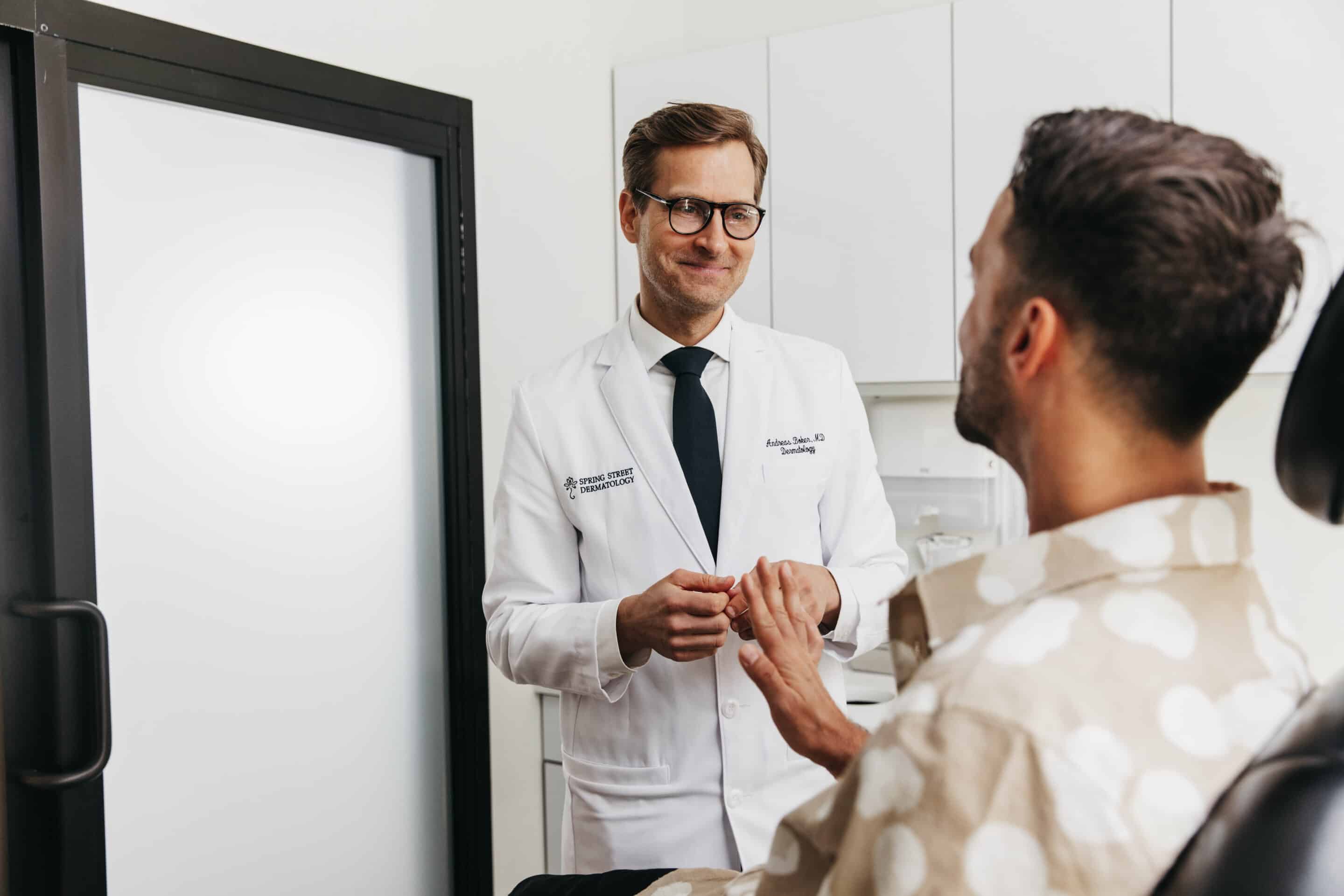
By learning how to identify a rash, you will not only determine how to properly treat different types of rashes and quickly reduce any discomfort but also know when to seek medical attention. Spring Street Dermatology in Manhattan, New York is a comprehensive medical and cosmetic dermatology treatment center. With our highly trained and caring practitioners, as well as access to cutting-edge technology, we offer a well-rounded practice that can address all of your skincare needs. Whether you are suffering from a skin condition or are due for an annual skin cancer screening, the doctors and physicians at Spring Street Dermatology will give you a thorough examination, explain your options, and work with you to formulate the best treatment plan for your needs.
Common types of rashes
HEAT RASH
Heat rash can occur at any age and cause red skin with itchy and prickly sensations, as well as small skin bumps. Adults may develop heat rash between their inner thighs or under their arms, while babies often have them on their necks or skin folds found on the armpits, elbows, and thighs. Babies are more likely to develop heat rash because their pores are underdeveloped.
Cause
Heat rash affects children and adults in hot, humid weather, which causes skin pores to become blocked, preventing sweat from escaping. It can also develop where skin rubs against skin or clothing.
Prevention
- Don’t use thick creams and lotions that can clog your pores.
- During the warmer months, keep cool in an air-conditioned space.
- Avoid wearing tight clothing; wear light, breathable, and moisture-wicking fabrics to allow the skin to breathe and prevent the buildup of sweat.
- Avoid soaps that dry out your skin.
Home Remedies
- For instant relief, cool off then dry off and reduce any friction.
- Wear loose clothing and stay in air-conditioned areas.
- Bathe or shower using cool water and non-drying soap.
- Apply a cool compress to calm, itchy skin.
Treatment Options
- Calamine lotion
- Anhydrous lanolin
- Hydrocortisone cream
- Topical steroids
Poison Ivy, Oak, and Sumac Rash
A rash from one of these poisonous plants can take time to appear. If you’ve had a rash from one of these plants in the past, you can develop a rash within 12-72 hours. The skin will have an intense itch, then a red blistering rash will appear. The red rash can also develop in streaks or patches. The blisters can break open and leak fluid and will crust over and clear in 2-3 weeks.
Cause
The stems and leaves of poison ivy, oak, and sumac contain sap with a toxic oil called urushiol. You may have had contact with the plant directly or touched something with urushiol oil on it, such as unwashed clothing or gardening tools.
Prevention
- Before spending time outdoors, familiarize yourself and your kids with what poison ivy, oak, and sumac look like so you can avoid them.
- If you spot these plants in your yard, you can hire a professional to remove them.
- If going hiking, wear clothing that will fully cover your arms, legs, torso, and ankles.
- Prevent your pets from spending time in areas where poisonous plants might be growing.
Home Remedies
- Apply a cool compress to affected areas.
- Take a baking soda or colloidal oatmeal bath.
- Wear gloves to prevent scratching.
- Keep skin hydrated with a moisturizing lotion or cream for sensitive skin.
Treatment Options
If you’ve come into contact with urushiol oil from poison ivy, oak, or sumac, you can reduce the severity of the rash or prevent it from spreading by removing your clothes and washing them right away, then washing all exposed skin with soap under cool running water. If you’ve developed the rash, you can treat the symptoms with the following:
- Calamine lotion
- Hydrocortisone topical cream
- Antihistamines
- Aluminum hydroxide gel, zinc oxide, or zinc acetate
eczema
Also called atopic dermatitis, eczema is a common skin condition characterized by itchy and inflamed patches of dry, scaly red skin. It tends to flare up during colder months or when there is less moisture in the air. While it is often seen in babies and young children (usually on the faces of infants), eczema can come in a variety of types in children, teens, and adults.
Cause
The main cause of eczema is unknown, but it is believed that a combination of genetics, defects in the skin barrier, endocrine disorders, the environment, and an abnormal function of the immune system are involved. Those with eczema tend to have an overactive immune system that, when exposed to a particular irritant, responds by producing inflammation that causes the red and itchy skin symptoms.
Common triggers include:
- Synthetic fabrics
- Chemicals from detergents and cleaners
- Scratchy textiles, like wool
- Sweat
- Raised body temperature
- Changes in temperature/a sudden drop in humidity
- Food allergies
- Stress
- Upper respiratory infections
- Animal dander
Alternative Treatments and Lifestyle Changes
The best way to treat eczema is by avoiding its triggers. The following are habits you can practice at home to relieve stress and prevent flare-ups:
- Listening to relaxing music
- Meditation
- Yoga
- Getting a good night’s sleep
- Deep breathing exercises
- Drinking green tea
- Acupuncture
- Aromatherapy
Prevention
As mentioned, lifestyle changes can help avoid eczema triggers and can prevent flare-ups. Avoid rough fabrics, chemical irritants, strong soaps and fragrances, and detergents. You may also apply cream-based moisturizers to keep skin hydrated.
Treatment Options
OTC medications that work by blocking histamine (which triggers the allergic reactions) include:
- Cetirizine (Zyrtec)
- Diphenhydramine (Benadryl)
- Fexofenadine (Allegra)
- Loratadine (Claritin)

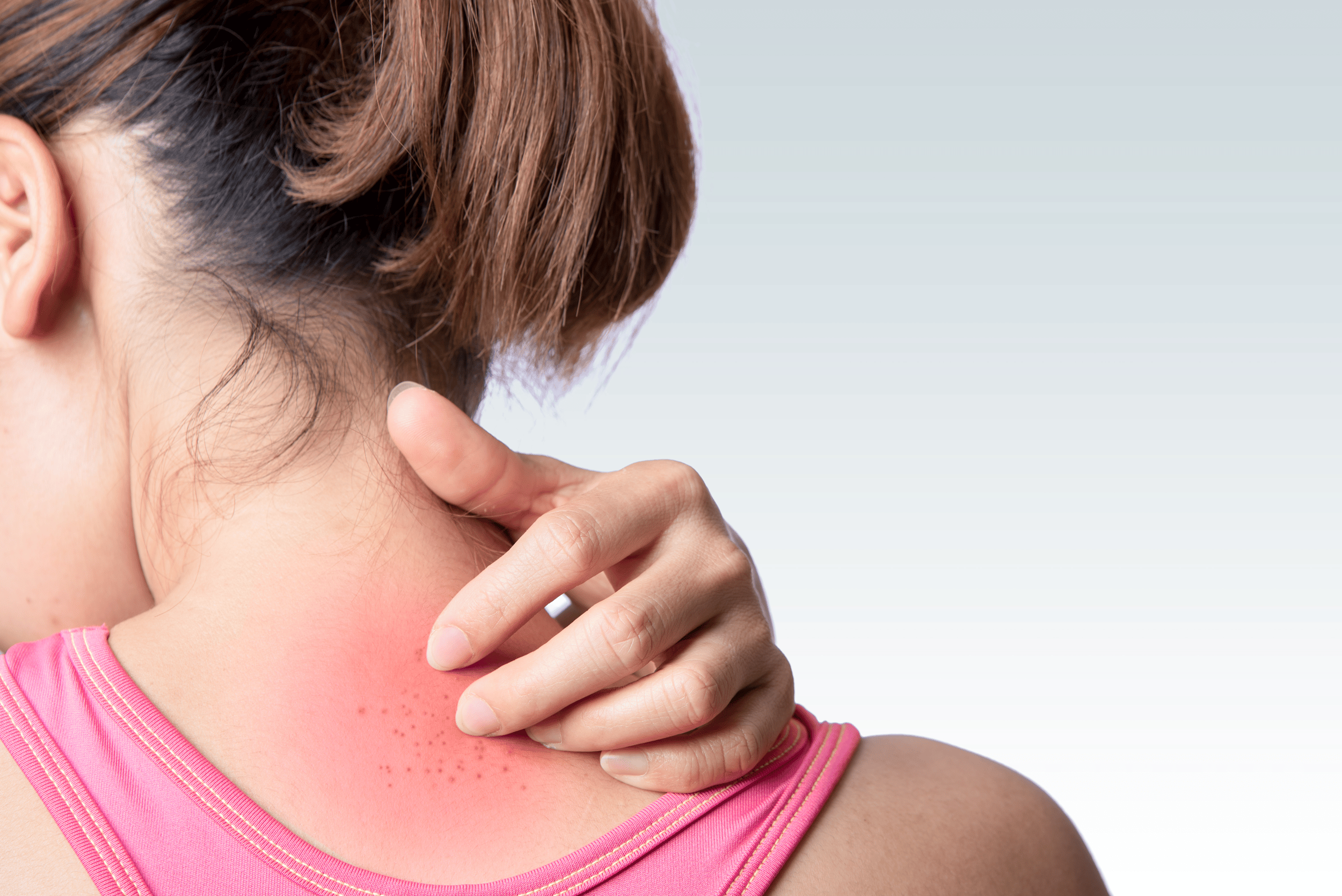
Hives
Also known as urticaria, welts, or nettle rash, hives appear as a red, raised, and itchy skin rash that can sting or hurt. They are typically pink, red, or flesh-colored, and may be triggered by an allergen.
Cause
Hives occur when the body reacts to an allergen and releases histamine from under the surface of the skin. In other words, it’s an allergic reaction. Histamine and other chemicals will cause inflammation of the skin, causing the rash. Common Triggers:
- Foods such as nuts, milk, eggs, shellfish, and strawberries
- Pollen
- Pet dander
- Dust mites
- Medications such as antibiotics and ibuprofen
- Latex
- Insect bites
- Extreme changes in temperature
- High body temperature
- Sunlight exposure
- Scratching
Prevention
- Avoid irritants such as perfumes and soaps with fragrances, and stay out of the sun.
- Wear loose, comfortable clothing, and stay in cool areas.
Home Remedies
- Apply a cold compress to reduce inflammation.
- Bathe in a colloidal oatmeal or baking soda bath.
- Apply aloe vera, which has natural healing and anti-inflammatory properties.
Treatment Options
- Antihistamines
- Avoid hot water (only take cool or lukewarm baths)
- Avoid scratching the area
Impetigo
Impetigo is a contagious skin infection that appears as brown, crusty sores that may have fluid-filled blisters and typically appear on the face, arms, and legs. It most commonly affects children ages 2 to 5. It erupts more frequently during hot, humid weather.
Cause
Impetigo is caused by strains of staphylococcus aureus and streptococcus pyogenes bacteria. These bacteria enter the body through a break in the skin, either from an insect bite, scratch, cut, or existing rash.
Prevention
- Practice routine handwashing with soap and water.
- Regularly bathe to eliminate skin bacteria.
- Protect insect bites and skin wounds by covering them.
- Don’t scratch open sores.
- Keep nails clean.
- Disinfect surfaces, toys, and equipment that may have come in contact with impetigo.
- Regularly change clothing, towels, and bedding.
- Avoid sharing personal items if you or someone close to you has impetigo.
Home Remedies
- Aloe vera gel as an ointment
- Chamomile tea as a skin wash
- Honey as an ointment or moisturizer
Treatment Options
- For mild impetigo, the rashes can be treated with the gentle cleansing of sores and removal of crusts.
- Antibiotic ointment or oral antibiotic medication.
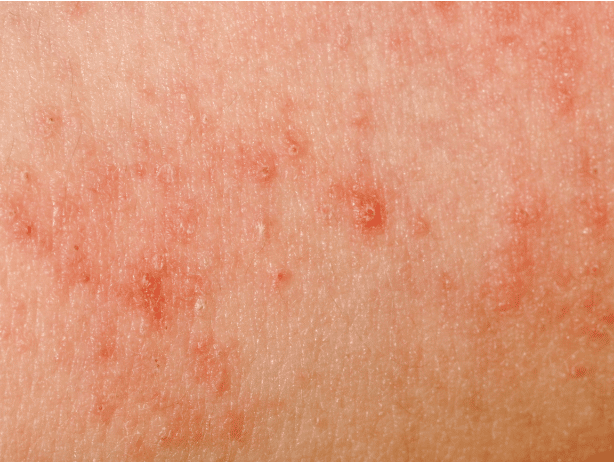
When Should I Seek Medical Attention?
While most rashes can heal on their own, there may be rashes you won’t be able to recognize and determine whether it’s serious or not. It is therefore important to get a proper diagnosis by visiting a board-certified dermatologist. At Spring Street Dermatology in Manhattan, New York, we offer a comprehensive medical treatment center. Our goal is to help each of our patients achieve healthy, beautiful skin through surveillance, individualized treatment, and proper skincare. Have us check your rash if:
- It has spread all over your body.
- You have a fever.
- It is showing signs of infection (e.g., swelling or oozing).
- It is painful.
- It is blistering.
- It is spreading quickly.
Learn more about rashes from medlineplus.gov.
Schedule Your Rash Treatment Online
If you feel unsure about a rash, do not hesitate to seek medical advice from a board-certified dermatologist. At Spring Street Dermatology, we are trained and experienced to distinguish between these rashes and to provide you with the appropriate treatment. To learn more about rash treatment options, contact our offices in SOHO, Tribeca, and Uptown, NYC to schedule a consultation. You can also schedule an appointment online here.
Next, Read About
Rosacea
Rosacea is a common skin disease that causes redness and red pimple-like breakouts on the face. It begins with a tendency toward “flushing and blushing” and may then progress to a persistent redness of the central face.
Psoriasis
Psoriasis is a chronic skin disorder characterized by raised lesions with silvery scale that most often occur on the scalp, elbows, knees and lower back. It can range from a very mild, hardly noticeable rash to a severe eruption that covers large areas of the body.
Patch Testing
Patch testing is used for patients with dermatitis to find out whether substances coming into contact with the skin are causing or aggravating their condition.
Thousands of New Yorkers Trust
Spring Street Dermatology
Contact Us
SOHO
75 Spring Street, Floor 2
New York, NY 10012
Monday - Friday: 8:00 am - 7:00 pm
Saturdays: 10:00 am - 4:00 pm
Same-Day Appointments Now Available
Uptown
4 West 58th Street, 13th Floor
New York, NY 10019
Monday - Friday: 8am – 6pm
Same-Day Appointments Now Available
| Title | Address | Description |
|---|---|---|
SOHO | 75 Spring Street, Floor 2 New York, NY 10012 | 75 Spring Street, Floor 2 |
UPTOWN | 4 West 58th street, 13th Floor New York, NY 10019 | 4 West 58th street, 13th Floor New York, NY 10019 Sun & Sat: 10am-3pm Mon-Fri: 8am-6pm |
